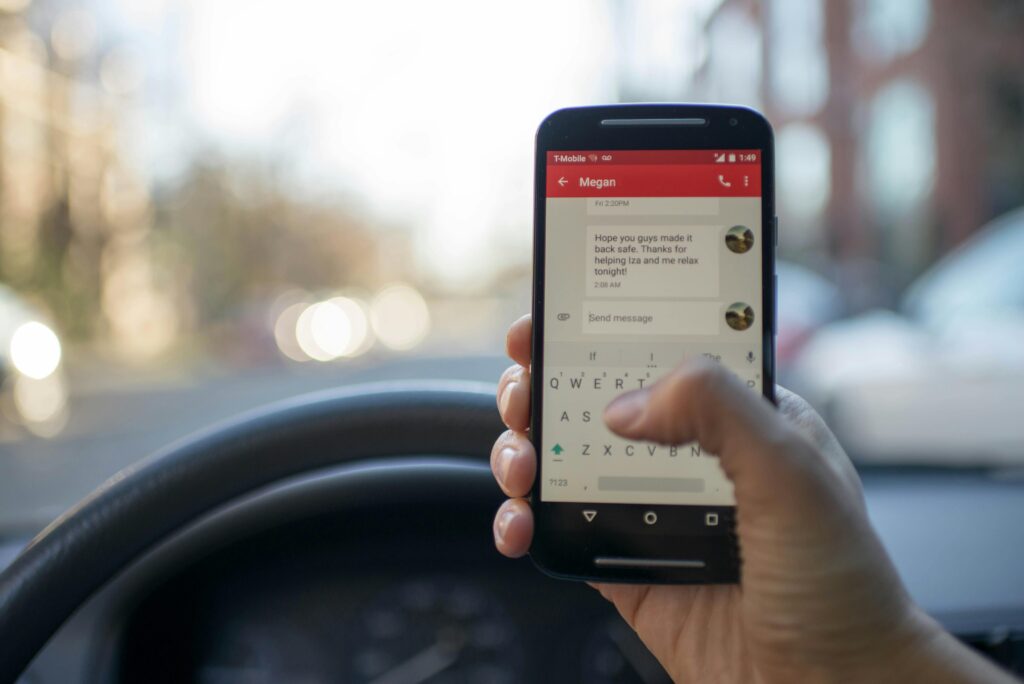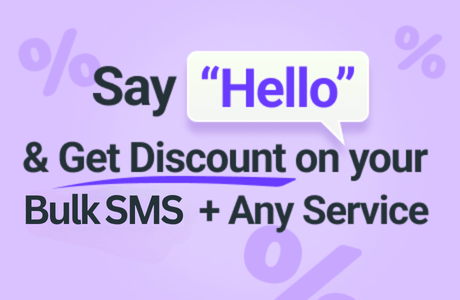In a digital-first world, businesses are constantly looking for efficient ways to communicate with their customers. Automated SMS campaigns, especially with scheduled messages, have emerged as a practical solution to streamline marketing efforts. By setting up messages in advance, companies can ensure timely, personalized, and consistent communication with minimal manual intervention. Here’s how automated, scheduled SMS messaging can simplify and supercharge your marketing strategy.

1. Why Use Automated SMS Marketing?
Automated SMS marketing allows businesses to reach their customers without the need for constant oversight. By scheduling messages, you can maintain consistent engagement and follow up with your audience at optimal times. From welcome messages for new subscribers to reminders and exclusive promotions, automated SMS ensures that your communication remains relevant and timely.
Key Benefits:
- Time Efficiency: Automated SMS saves hours by pre-scheduling campaigns.
- Consistency: Maintain a steady communication flow without delays.
- Scalability: Easily manage multiple campaigns simultaneously.
- Personalization: Pre-schedule messages based on user actions or preferences.
2. Boost Customer Engagement with Scheduled SMS Campaigns
One of the main advantages of automated SMS is the ability to send messages at the most opportune times. For example, retailers might send early morning flash sale notifications or afternoon reminders for weekend events, ensuring the messages land when customers are most receptive.
Examples of Scheduled SMS Campaigns:
- Welcome Messages: Automatically send a welcome SMS when a customer subscribes.
- Reminder Notifications: Schedule reminders for appointments, renewals, or deadlines.
- Event Promos: Announce event details with countdown reminders leading up to the big day.
- Re-engagement: Automatically reach out to customers who haven’t interacted in a while.
3. Improve Customer Retention with Follow-Up SMS Messages
Automated follow-up messages are ideal for building loyalty and encouraging repeat interactions. For example, a restaurant could send a “Thank You” message after a customer dines, followed by a discount code valid for the next visit. This strategy helps keep your business top-of-mind, encouraging long-term relationships.
Key Examples:
- Post-Purchase Follow-Up: “Thanks for shopping with us! Enjoy 10% off your next purchase with code THANKS10.”
- Customer Satisfaction Surveys: “How was your recent experience with us? Reply with 1–5 to rate us!”
- Loyalty Program Reminders: “You’re only 2 purchases away from a free item! Visit us soon to redeem.”
4. Enhancing Seasonal Campaigns with Scheduled SMS
Automated SMS is especially useful for planning seasonal marketing campaigns. By setting messages in advance, you can effortlessly roll out holiday greetings, product launches, and seasonal sales promotions. For instance, an e-commerce store might plan out a month-long series of Black Friday SMS offers, building excitement and anticipation.
Seasonal Campaign Tips:
- Countdowns: Send reminders leading up to big sales or events.
- Holiday Specials: Schedule themed promotions for major holidays.
- Limited-Time Offers: Generate urgency with countdown messages for exclusive deals.
5. Personalization and Customization in Automated SMS
Automation doesn’t mean sacrificing personalization. Modern automated SMS platforms allow you to segment your audience and craft messages that address customers by name, reference their past purchases, or offer personalized recommendations. With this approach, businesses can provide a custom-tailored experience at scale.
Personalization Tips:
- Use Customer Data: Reference recent purchases or behaviors.
- Segment by Interest: Group customers by preferences for targeted messaging.
- Offer Exclusive Deals: Reward loyal customers with early access or special discounts.
6. Tracking and Optimizing Automated SMS Campaigns
Scheduling messages is just the first step; optimizing them over time is where you’ll see real results. Automated SMS tools often come with tracking features that allow you to monitor open rates, click-throughs, and responses. By analyzing these metrics, you can refine your timing, messaging, and overall strategy.
Metrics to Monitor:
- Delivery Rates: Ensure messages are reaching intended recipients.
- Open and Click Rates: Track engagement to gauge message effectiveness.
- Response Rates: Measure how customers interact with call-to-action prompts.
- Conversion Rates: Assess how many SMS recipients complete a purchase or other actions.
7. How to Get Started with Automated SMS
Getting started with automated SMS scheduling is straightforward with the right platform. Many providers offer intuitive dashboards where you can create and schedule messages, segment audiences, and track performance. Here are a few steps to initiate your automated SMS strategy:
- Choose a Reliable SMS Marketing Platform: Look for features like automation, scheduling, and analytics.
- Build Your Subscriber List: Ensure you have an opted-in audience.
- Segment Your Audience: Group customers by behavior, location, or interests.
- Craft Engaging Messages: Keep it concise, action-oriented, and personal.
- Set Up and Schedule Campaigns: Use templates and schedule times to maximize reach.
- Monitor and Optimize: Regularly review metrics to improve future campaigns.
Conclusion
Automated SMS with scheduled messaging offers businesses a powerful way to maintain constant, meaningful engagement with customers. By setting up targeted campaigns, companies can ensure that every customer interaction is timely, relevant, and effective. Whether you’re looking to boost sales, improve retention, or build stronger customer relationships, automated SMS is a valuable addition to any marketing toolkit.
